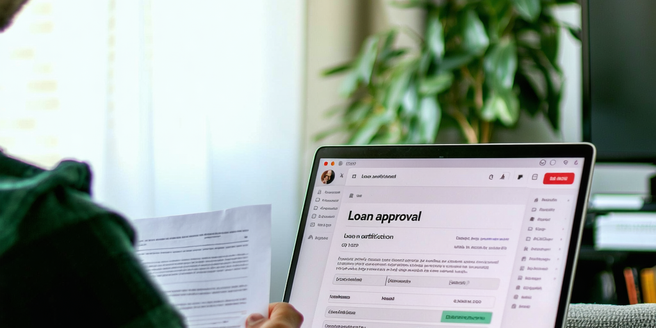
Understanding Bad Credit Loans: An Overview
Bad credit loans are designed for individuals who have a poor credit history and are challenged in obtaining traditional loans. These loans often come with higher interest rates to mitigate the risk lenders face. Typically, the eligibility criteria are more relaxed compared to conventional loans, making them accessible to those who may have experienced financial setbacks or defaults. Borrowers should be prepared for stricter repayment terms and possibly higher fees. Despite these challenges, bad credit loans can be a resourceful means to consolidate debt or cover emergency expenses, providing an opportunity to improve credit scores over time with diligent repayment. Understanding their structure and terms is essential for making an informed borrowing decision.
Common Types of Bad Credit Loans
When it comes to bad credit loans, borrowers have several options to consider, each tailored to different needs. Secured loans, such as title loans or mortgages, require collateral, offering lower interest rates but with the risk of losing assets. In contrast, unsecured loans like personal loans or payday loans don’t require collateral, though they often come with higher interest rates. Some borrowers may disburse debt through peer-to-peer lending platforms, offering flexible terms but varying interest rates depending on the lender’s terms. Another option is a credit union, which may provide more favorable terms and personalized service. Each type of loan carries its own set of risks and benefits, so it is crucial to assess individual financial situations before deciding.
Criteria Lenders Use for Approval
Lenders assess several criteria to determine approval for a bad credit loan. Primarily, they examine credit scores to understand an applicant’s financial behavior over time. Although bad credit loans are designed for lower credit scores, some threshold is still maintained. Lenders also evaluate income stability, which indicates the borrower’s ability to repay the loan. Employment history may play a role, with stable, long-term employment favoring the application. Debt-to-income ratio is another critical factor—they prefer applicants with manageable existing debts. Collateral availability might be considered for secured loans, reducing risk for the lender. Overall, while criteria may vary, demonstrating reliability and ability to repay can significantly improve approval chances.
Pros and Cons of Bad Credit Loans
Bad credit loans present both advantages and disadvantages depending on borrower circumstances. On the positive side, they offer access to funds for those who typically struggle to obtain traditional loans due to poor credit, enabling them to address urgent financial needs or consolidate debt. Utilizing such loans responsibly can also aid in rebuilding credit scores over time. However, drawbacks include significantly higher interest rates and fees, reflecting the elevated risk lenders face, which increases the overall loan cost. Some loans require collateral, posing a risk to personal assets. Borrowers should carefully weigh these aspects to determine if the potential benefits outweigh the drawbacks.
How to Compare Different Lender Options
Comparing different lender options for bad credit loans requires a strategic approach to ensure the best terms and conditions. Start by assessing interest rates, as they directly affect the loan’s total cost. Review the fees associated with each loan option, including origination and late payment charges, to avoid hidden costs. Evaluate the repayment terms and choose those aligning with your financial capability. Consider the lender’s reputation by reading reviews and checking ratings from previous borrowers. Seek out flexible lenders who are willing to negotiate terms when possible. Lastly, ensure that the lender is licensed and operates transparently, providing complete details of the loan agreement upfront.
Tips for Improving Your Loan Approval Chances
Improving your chances for loan approval when dealing with bad credit involves a few strategic actions. Begin by checking your credit report for errors or discrepancies and resolving them promptly. Demonstrating consistent, timely bill payments helps rebuild your credit history positively. Pay down existing debts to decrease your debt-to-income ratio, showcasing your financial responsibility. Consider applying for smaller loan amounts initially, which may be viewed more favorably by lenders. Having a co-signer with a strong credit profile can enhance your application’s appeal. Building a positive relationship with potential lenders, perhaps through securing small credit lines initially, can also prove beneficial.
